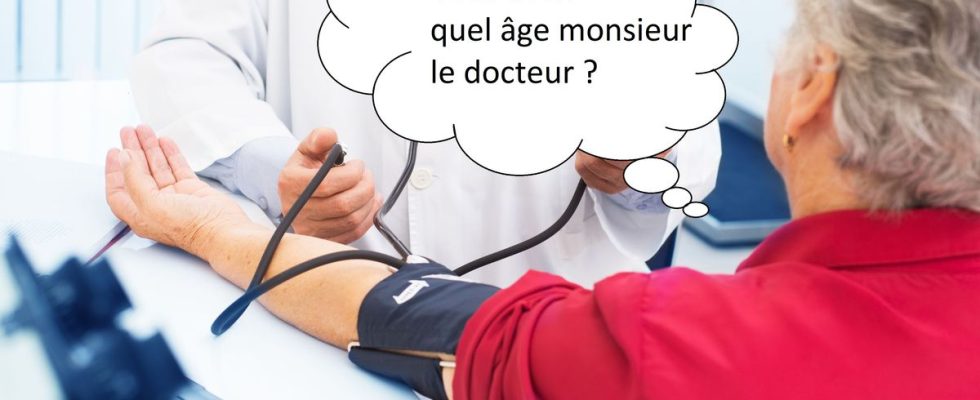Every summer it’s the same thing. You fall ill, call the secretariat of your general practitioner, cross the door of the practice. And you find yourself facing a new face. A substitute physician. These professionals represent 5.5% of the workforce of the profession, all specialties combined, according to the latest census of the atlas of medical demography of the national council of the Order of doctors (Cnom).
In 2017, the Autonomous Grouping of Young Installed Generalists and Replacements (ReAGJIR) deplored the fact that the French did not trust these replacements enough. Some patients, “especially the elderly”, would even wait for the return of their general practitioner to consult. But who exactly are these doctors who travel around France to replace their colleagues during their holidays?
Mostly women
First thing to know: GPs are not required to find a substitute during their vacation, maternity leave, sick leave or when they are in training. “There is no legal obligation, confirms Kilian Thomas, vice-president of replacements at ReAGJIR. It’s more of an ethical issue. The professional is only required to ensure continuity of care, for example by redirecting it to a colleague.
These replacement doctors are often… replacement doctors. Because these temporary workers are 58% women. They were 55% in 2010. An unsurprising trend in view of the feminization of the profession. In the second year of medicine, six out of ten students are female students.
Young doctors, even students
The main criticism made by some of these replacements is their young age. As a reminder, almost half of the doctors are 55 years old or older, according to a DREES report dating from 2018. However, the average age of the replacement is 41 years old, according to the last census of the atlas of demography Cnom Medical Center. “In reality, they are closer to their thirties, but the average is higher because some – rare – are over 60,” analyzes the vice-president. They are therefore young, even very young: replacement doctors can indeed still be students. This is the case of Kilian Thomas, who has not yet finished his thesis.
But don’t panic, the people in front of you in place of your GP are not novices. Before obtaining their replacement license, students must have followed and validated the entire second cycle of their medical studies, ie approximately seven and a half years since the first year.
A fresh eye
This generational difference between substitutes and incumbents is not without consequence in terms of their professional practice. According to Kilian Thomas, the youngest see fewer patients per day than their elders, because they give them a little more time. “Overall, the patients are happy to have a fresh look at their pathology. For example, we can question a treatment that has been taken for a long time and whose usefulness we no longer see. »
Replacements and holders do not have the same habits either. “We can replace doctors with practices with which we do not agree, such as the systematic use of antibiotics. “The young general practitioner recognizes it, he is sometimes “blocked” with patients accustomed to a certain type of care.
For some pathologies, it is also essential to know the patient’s history. Again, says Kilian Thomas, this is done as the discussion progresses. But should you still make a phone call to your colleague who is sunbathing on the beach? “We avoid calling them, recognizes the young doctor. If we replace them during their holidays, it is so that they can rest. We only do this in the event of a real technical problem. And the doctors thank them for it.

